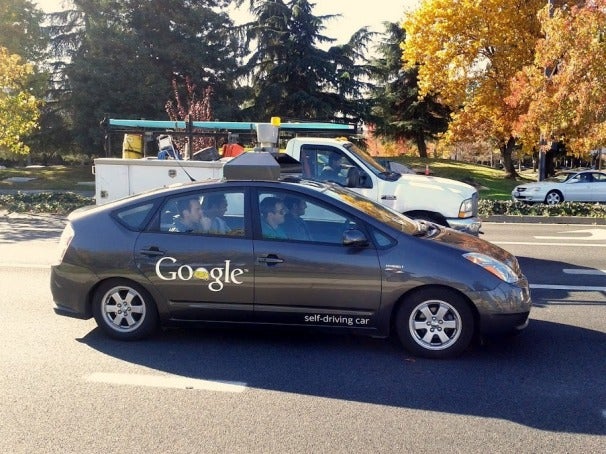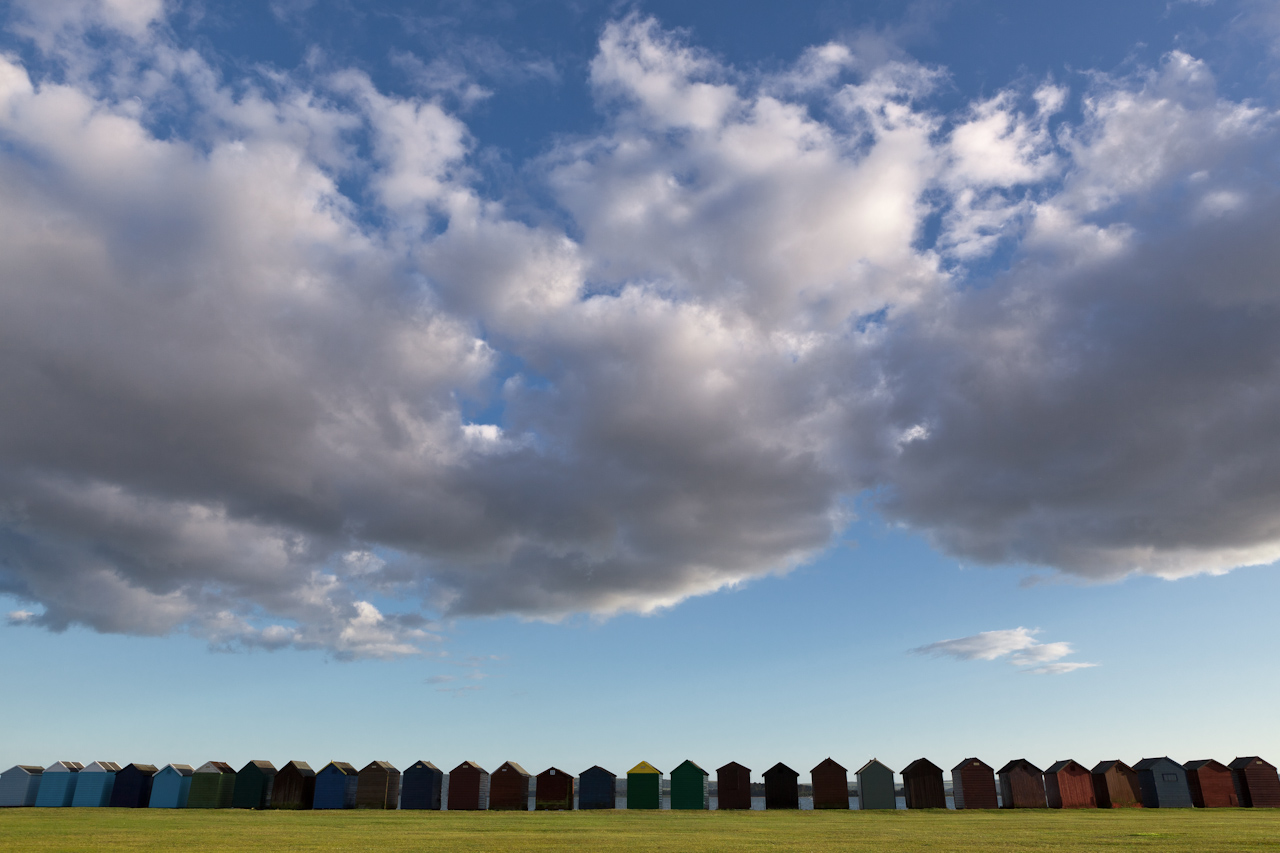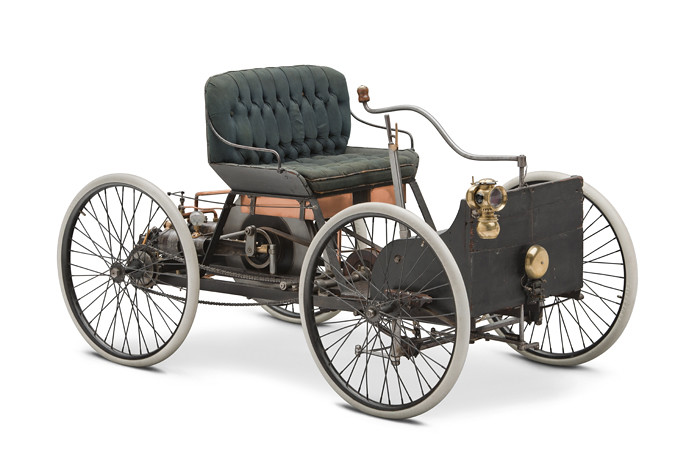Benjamin Franklin- Benjamin Franklin was born on January 17, 1706 he was a leading author, printer, political theorist, politician, postmaster, scientist, musician, investor and etc. Benjamin invented many things using science, but one thing he is known for is proving lightning is a source of electricity. On a stormy night he raised his kite with a key tied near his hand. He could feel the electric shock go through his body. Ben had finally proven and understood lightning/electricity. Many people were excited, and he was supported all around the world. This made the people have a different perspective of electricity.
Cotton Gin- Eli Whitney was an American inventor best known for inventing the cotton gin. This was one of the key inventions of the Industrial Revolution and shaped the economy of the world. The machine separated cotton fibers from the seeds. Before, this work was done by hand. When done by hand it was a time cussoming job. This was a great technology that made it easier to pick the seeds and produce goods faster.

Driver less Cars- In February 2013 Nevada, Florida, and California all passed laws allowing self-driving cars on their roads. Internet giant Google has been extensively testing its autonomous car and has driven more than 300,00 miles without incident. To accomplish this goal there is an intense amount of science, math, and technology. There are many benefits in having a driver less car; Reduction in the need for traffic police and vehicle insurance, fewer traffic collisions, and higher speed limit for autonomous cars.
 Edwin Hubble-In
the late 1920s our understanding of the universe changed dramatically
following the finding by this scientist that what people thought were
nebulous clouds were actually entire galaxies. He also figured out that a
galaxy increases with its distance from the earth, implying the
universe is expanding. He used a mix of math and science to figure this
out.
Edwin Hubble-In
the late 1920s our understanding of the universe changed dramatically
following the finding by this scientist that what people thought were
nebulous clouds were actually entire galaxies. He also figured out that a
galaxy increases with its distance from the earth, implying the
universe is expanding. He used a mix of math and science to figure this
out.Leonardo da Vinci- Leonardo da Vinci was a inventor he created many different kinds of technology using science. Some invention he created was the parachute, ornithopter, machine gun, diving suit, and submarine. It was a man-made machine that can travel completely under water. These was a use of science and technology that changed the shape of the world.
 Model T Automobile- Henry
Ford was an American industrialist, the founder of the Ford Motor
Company, and sponsor of the development of the assembly line technique
of mass production. The Model T automobile revolutionized transportation
and American industry. It made transportation easier and faster. Ford's
was the first motor vehicle produced in large amounts, on an assembly
line. This was a great invention using science, math, and technology.
Model T Automobile- Henry
Ford was an American industrialist, the founder of the Ford Motor
Company, and sponsor of the development of the assembly line technique
of mass production. The Model T automobile revolutionized transportation
and American industry. It made transportation easier and faster. Ford's
was the first motor vehicle produced in large amounts, on an assembly
line. This was a great invention using science, math, and technology.
mathematical notation for representing numbers of a given set, using digits or other symbols. 2,000 years ago Romans developed a system of counting that is very much like the decimal system of counting that we use today. This counting method involved using math.
Printing Press- Johannes Gutenberg was a German blacksmith, goldsmith, printer, and publisher who introduced printing to Europe. His invention of mechanical movable type printing started the printing revolution and is widely regarded as the most important event of the modern period. This simple machine made book available to the public. This method of printing can be credited not only for a revolution in the production of books, but also for fostering rapid development in the sciences, arts and religion through the transmission of texts.
Sewing Machine- Elias Howe was an American inventor and sewing machine pioneer. Howe's machine put out 250 stiches a minute. Before that, stitching was done by hand, and took much longer. Howe finally established his patent rights in 1854, and his invention revolutionized the garment industry. It made it easier and faster to produce goods.
Space race- The space race was a competition between two nations the Soviet Union and the United States for supremacy in space exploration. They used a variety of science, math and technology to make there trip up into outer space. This lead to Neil Armstrong, one of the first two men to land on the Moon, and the first to walk on it, in 1969. And the worlds first artificial satellite, launched in 1957.
Tractor- Benjamin Holt was an american inventor who patented and manufactured the first practical crawler-type tread tractor. The continuous-type track is used for heavy agricultural and engineering vehicles to spread the weight over a large area to prevent the vehicle from sinking into soft ground. This made it an easier way to garden and travel.
Windshield Wipers- Mary Anderson was an American realestate developer, rancher, viticulturist and inventor of the windshield wiper blade. Anderson patented a rubber blade that would clear windshields in rainy or snowy weather. This was very important because other wise no one would be able to see outside the windows. This was a great invention.
